Results 9,911 to 9,920 of 12096
Thread: Anandtech News
-
09-30-19, 04:21 PM #9911
Anandtech: AMD Announces Ryzen Pro 3000 Series CPUs For Q4
AMD on Monday announced the availability of its 3rd generation Ryzen Pro processors for commercial and small business desktop computers. As with their consumer counterparts, the new Pro CPUs will pack up to 12 cores, and they will be available inside of desktops by HP and Lenovo in the fourth quarter. In addition, AMD also announced new Ryzen Pro and Athlon Pro 3000-series APUs with integrated graphics.
Small Desktops Get 12-Core CPUs
AMD’s latest generation of Ryzen Pro CPUs are based on the same Zen 2 "Matisse" microarchitecture as the consumer chips introduced earlier this summer. The initial Ryzen Pro 3000-series family will include three models in the AM4 form-factor, with all of them set for a 65 W TDP. These include the the 12-core Ryzen 9 Pro 3900, the eight-core Ryzen 7 Pro 3700, and the six-core Ryzen 5 Pro 3600.
The processors will feature support for all of AMD’s Pro-series features, including a built-in TrustZone security processor, DASH manageability, Secure Boot, Content Protection, per-Application security, fTPM 2.0, Transparent Secure Memory Encryption (TSME), and some other technologies that differentiate AMD’s Pro from the firm’s regular CPUs for client PCs. Once thing to keep in mind is that these products are truly CPU, and as such do not have integrated graphics.
Initial customers for the Ryzen Pro 3000-series processors will be HP and Lenovo, with the former using them inside its EliteDesk 705 G5 SFF and Mini desktops, while Lenovo will use the chips for their upcoming ThinkCentre M75s-1 SFF and M75q-1 Tiny desktops.AMD's 3nd Gen Ryzen Pro Specifications Cores
ThreadsFrequency Cache
L2 + L3GPU TDP Base Boost Ryzen 9 Pro 3900 12/24 3.1 GHz 4.3 GHz 70 MB - 65 W Ryzen 7 Pro 3700 8/16 3.6 GHz 4.4 GHz 36 MB - 65 W Ryzen 5 Pro 3600 6/12 3.6 GHz 4.2 GHz 35 MB - 65 W
Commercial PCs Get Radeon Vega Graphics
Meanwhile, for more streamlined PCs that need integrated graphics and fewer CPU cores, AMD has also introduced new APUs based on their 12nm Zen+ "Picasso" design, analogous to mainstream their Ryzen 3000 APUs. The new Ryzen 3000 Pro APUs will include the quad-core Ryzen 5 Pro and Ryzen 3 Pro, and the dual-core Athlon Pro 3000-series CPUs, all of which include integrated Radeon Vega graphics. The chips featuring TDPs of 65 W and 35 W depending on the SKU, with the processors slated to be used for select machines from HP and Lenovo, according to AMD.
Related Reading:AMD's 3nd Gen Ryzen Pro & Athlon Pro Specifications Cores
ThreadsFrequency Cache
L2 + L3GPU TDP Base Boost Ryzen 5 Pro 3400G 4/8 3.7 GHz 4.2 GHz 6 MB 11 CUs 65 W Ryzen 5 Pro 3400GE 3.3 GHz 4.0 GHz 35 W Ryzen 3 Pro 3200G 4/4 3.6 GHz 4.0 GHz 8 CUs 65 W Ryzen 3 Pro 3200GE 3.3 GHz 3.8 GHz 35 W Athlon Pro 300GE 2/4 2.4 GHz 3.3 GHz 5 MB 3 CUs 35 W
- AMD Launches 2nd Gen Ryzen Pro & Athlon Pro APUs
- AMD Launches Ryzen Pro with Vega: Mobile APUs and Desktop APUs
- AMD Launches Ryzen PRO CPUs: Enhanced Security, Longer Warranty, Better Quality
Source: AMD
More...
-
09-30-19, 04:21 PM #9912
Anandtech: The ASUS ROG Phone II Review: Mobile Gaming First, Phone Second
The concept of mobile gaming is still a relatively new phenomenon. The idea that a user can have a smartphone dedicated to gaming that isn’t in of itself a console or handheld platform from Nintendo seems very odd – here’s a device that does everything a phone can do, as well as play the same games, so what makes it a “Gaming Phone”, especially if it has almost the same hardware inside? ASUS’s new ROG Phone II, designed under its Republic of Gamers brand, is ultimately a product designed to showcase that there are things you can do with a phone to make it more gaming focused. We take the device (and some of its accessories) for a spin.
More...
-
10-01-19, 11:19 AM #9913
Anandtech: SteelSeries Sensei Turns Ten: Sensei Mouse Relaunched For Its Tenth Annive
Today SteelSeries is bringing back one of their classic peripherals, outfitted with the latest tech. SteelSeries launched the Sensei Mouse back in 2009 and it quickly became one of their most popular mice, especially in e-sports, and the company has been fielding requests to re-release this model. So for its tenth anniversary, SteelSeries is bringing back the Sensei but with new features and improvements to the original design.
Left-handed gamers will appreciate that SteelSeries hasn’t changed the ambidextrous design, and the new mouse features the exact same dimensions as the original, which first launched as the SteelSeries Xai back in 2009, before being rebranded as the Sensei.
The new mouse builds on the original though, featuring an updated sensor dubbed the TrueMove Pro. This optical sensor is the latest design by SteelSeries and PixArt, and offers 18,000 Counts-Per-Inch (CPI), and can track at up to 450 inches-per-second. SteelSeries has also improved the new sensor’s ability to handle tilted mouse moves to avoid false tracking. SteelSeries claims this is the best performing sensor on any surface.
The company has chosen to stick with just a wired version of the Sensei Ten, in order to keep the weight in check, and the mouse comes in at just 92 grams. The mouse features eight buttons, and SteelSeries switches rated for 60 million clicks. There’s onboard memory on the mouse as well providing the ability to pre-store functions and have that saved right on the mouse, so it will be available on any PC it’s used on.
SteelSeries also took the opportunity to address the exterior, which features a different finish than the original’s metallic finish. The new mouse construction should be more durable as a result with a matte black finish. There’s also two independently controlled RGB zones, and the underside of the mouse is transparent plastic in a nod to classic technology such as the Gameboy Color.SteelSeries Sensei Ten Specs Sensor TrueMove Pro Optical Sensor Counts-Per-Inch 50-18,000 in 50 CPI Steps Inches-Per-Second 450+ Acceleration 50G Polling Rate 1000 Hz Hardware Acceleration None Shape Ambidextrous Buttons 8 Illumination 2 Independent RGB Zones Weight 92 g / 3.25 oz (without cable) Dimensions (L x W x H) 126 x 63-68 x 21-39 mm
4.96 x 2.48-2.67 x 0.83 -1.54 inchesCable 2 m / 6.75 foot Compatibility Windows / Mac / Xbox / Linux Price $69 USD
Despite the advanced features, the Sensei Ten mouse is launching at a very affordable $69 USD, with global availability starting today.
Source: SteelSeries
More...
-
10-01-19, 11:19 AM #9914
Anandtech: TSMC Counter-sues GlobalFoundries: Accuses US Fab of Infringing Patents Ac
In a not-unexpected move, TSMC late on Monday filed a lawsuit against GlobalFoundries, its pure-play foundry rival, accusing the manufacturer of patent infringment. In the suit, a response to a similar suit filed against TSMC by GlobalFoundries just over a month ago, the world’s biggest contract maker of semiconductors is accusing its competitor of illegally using its intellectual property in its various photolithography processes. Furthermore, in order to prevent what they see as ongoing infringement, TSMC is also asking for the courts for an injunction against GlobalFoundries, which would essentially halt the latter's manufacturing lines.
Without disclosing the exact patents involved, TSMC is alleging that GlobalFoundries has infringed upon as many as 25 of its patents. According to the company, these patents cover the following technologies:
- FinFET designs;
- Shallow trench isolation techniques;
- Double patterning methods, advanced seal rings and gate structures, and innovative contact etch stop layer designs;
- Strench isolation technique;
- Double patterning methods, advanced seal rings;
- Gate structures, and innovative contact etch stop layer designs.
These patents supposedly cover most of GlobalFoundries' modern processes, including their 40nm, 28nm, 22nm, 14nm, and 12nm node processes technologies.
In their complaint, TSMC is demanding injunctions against GlobalFoundries, asking the courts to stop GlobalFoundries from making and selling chips using the allegedly infringing technologies. Which, given the broad nature of TSMC's claims, essentially covers all of GlobalFoundries' production lines in some form or another and would seemingly shutter GlobalFoundries manufacturing operations entirely. The company is also seeking "substantial monetary damages" for prior infringement.
Interestingly, if granted, the injunctions would be much broader than what GlobalFoundries asked for against TSMC back in August. Since the case involves US fabs and is being filed in the US (as well as Germany and Singapore), TSMC can seek remedies against GlobalFoundries directly, whereas GlobalFoundries has to seek import injunctions against TSMC's customers since TSMC's manufacturing takes place outside the US.
Without any doubts, TSMC’s decision to countersue GlobalFoundries was forced by GlobalFoundries suing TSMC earlier this year. And while neither side has been granted an injunction thus far, if either side is granted one before the two sides can come to an agreement on their own, then the repercussions for the tech industry as a whole would be devastating.
Related Reading:
- GlobalFoundries Sues TSMC Over Patent Infringement; Apple, Qualcomm, Others Named Defendants
- TSMC Responds to Lawsuit by GlobalFoundries: Allegations Are Baseless
- Hot Chips 31 Keynote Day 2: Dr. Phillip Wong, VP Research at TSMC (1:45pm PT)
Source: TSMC
More...
-
10-01-19, 10:33 PM #9915
Anandtech: Intel's Cascade Lake-X CPU for High-End Desktops: 18 cores for Under $1000
With someone in the press having broken their embargo earlier today, Intel is lifting the lid earlier than planned on their upcoming Cascade Lake-X family of processors for the high-end desktop (HEDT) market. Similar to the way Intel's Cascade Lake based Xeon Scalable processors are a further revision of their Skylake Xeons, offering clock speed increases and security fixes in hardware, the new HEDT processors will grant higher frequencies, more memory capacity, and better protection against side-channel attacks. The key numbers however are the big drop in Intel's pricing: Intel will be releasing its 18-core part, the Core i9-10980XE, for under $1000.
This pricing is a significant shift in Intel's strategy, and a number of fingers will be pointed at AMD as having made this happen. Next month AMD is set to launch its 16-core Ryzen 9 3950X at $749, which will offer 16 PCIe 4.0 lanes for slots (+4 for M.2, +4 for chipset) and support for 128 GB of DRAM. So Intel needed something similarly speedy, but with more PCIe lanes and more memory support that they could offer for just a bit more, leading to the 10980XE for $979. Ultimately, the on-shelf price is often just slightly higher than tray price, so don't be surprised if retail prices land at around $1000.Intel Cascade Lake-X AnandTech Cores
ThreadsBase All
CoreTB2 TB3 TDP Price
(1ku)Core i9-10980XE 18C / 36T 3.0 3.8 4.6 4.8 165 W $979 Core i9-10940X 14C / 28T 3.3 4.1 4.6 4.8 165 W $784 Core i9-10920X 12C / 24T 3.5 4.3 4.6 4.8 165 W $689 Core i9-10900X 10C / 20T 3.7 4.3 4.5 4.7 165 W $590 Skylake-X (previous generation) Core i9-9980XE 18C / 36T 3.0 4.5 165 W $1979 Core i9-9940X 14C / 28C 3.3 4.5 165 W $1387 Core i9-9920X 12C / 24T 3.5 4.5 165 W $1189 Core i9-9900X 10C / 20T 3.5 4.5 165 W $989
All the CPUs will support 256 GB of quad-channel memory (up from 128 GB), and have 48 PCIe 3.0 lanes (up from 44). Memory speed support is listed as DDR4-2933 for 1 DIMM per channel, and DDR4-2666 for 2 DIMMs per channel. All these CPUs have a TDP of 165 W, which Intel states will help the CPUs to turbo longer under Intel's recommended settings (as we know, consumer motherboard manufacturers like to ignore these anyway). All these CPUs are supported in X299 motherboards.
There is no 16-core in this stack, with Intel's official reasoning being that they assess the market with each generation and they don't believe there's a suitable price point for such a part when the 14C and 18C parts are so close. Most people will point the finger and say that no-16 core Intel part means no direct comparison with the Ryzen 9 3950X, which is something to think about.
Another point to note is that Intel has stopped this stack at the 10 core and no lower. This means that there will be no cross over between Intel's consumer processor stack and the HEDT stack, with users needing to spend just a little bit more from the Core i9-9900K/KF to reach up to the Core i9-10900X. It will be interesting to see where Intel's Core i9-9900KS fits in, although that still only has dual channel memory and 16 PCIe 3.0 lanes.
Intel lists Wi-Fi 6 and 2.5GbE support on these new processors - to clarify, Intel means external controllers here. For some odd reason when Intel says support, it could mean internal to the chipset or external via a controller; this is messaging I've railed against for a while, as it ends up confusing for enthusiasts, especially when this is an enthusiast platform. It does mean however that we get official information about Intel's 2.5GbE controllers, which we've been waiting on for a couple of years. Intel stated that these controllers will be ready at a later date, and more information to follow. (The controllers are currently listed on Intel's ARK database, but as 1 GbE controllers for some reason.)
These CPUs will have the same security mitigations as the Cascade Lake Xeon processors, with updated hardware mitigations for a number of side channel attacks. We are waiting to hear from Intel if the firmware that supports these processors will also have additional fixes in for Zombieload by default.
One question about this launch is surrounding Intel’s 14nm capacity. Within the last week, there have been reports that despite Intel’s best efforts and promises to match demand, and that Q3 and upcoming for Q4 is going to be busier than expected. We reached out to Intel last week for clarification, and the company said that the bulk of its capacity is focusing on the high-end processors in the market: the Xeon Scalable, the Core i9, Core i7, and Core i5. It will be interesting to see if launching another family of products is going to put additional strain on Intel’s capacity and demand.
With AMD's recent Zen 2 Ryzen 3000 series launch on 7nm earlier in the year, Threadripper 3 coming later this year, and Intel swinging another generation of 14++ into the high-end desktop market, Intel is going to have some tough times. Don't get me wrong, this pricing update from Intel is a good thing for users, especially those looking at implementing things like DL Boost to their workflow, but this market is suddenly turning very aggressive, and it will be interesting to see if Intel can be agile enough to keep pace.
Intel's Cascade Lake-X processors will be available in November. More details should be released nearer to launch.
Related Reading- Intel Supply in Q4: “Output Capacity up, Supply-Demand Still High”
- Intel Core i9-9900KS TDP Details: ASUS Maximus XI Apex Support
- Intel’s Next-Generation ‘Cascade Lake-X’ HEDT CPUs Due in October
- Intel to Launch Core i9-9900KS Next Month: 5 GHz on All Cores
More...
-
10-02-19, 09:25 AM #9916
Anandtech: Goke Unveils Toshiba XL-Flash-Based NVMe SSDs: Ultra-Low Latency
Goke Microelectronics has introduced its new NVMe SSDs based on Toshiba’s XL-Flash NAND memory. The new drives are aimed at applications that require an ultra-low latency as well as high reliability and availability.
Based on Goke’s proprietary 2311 controller and Toshiba’s XL-Flash NAND SLC flash memory, the company’s 2311-series SSDs feature capacities of up to 4 TB and promise to offer a 4K random read latency of less than 15 μs (an under 20μs was hit by prototype drives and the manufacturer plans to improve that) as well as a maximum sustained read/write bandwidth of up to 3/1 GB/s. When it comes to security, the controller supports SM2/3/4 and SHA-256/AES-256.
Goke’s 2311-series SSDs are the industry’s second family of drives (announced so far) featuring Toshiba’s XL-Flash 128 Gb XL (16 planes, 4 KB page sizes). This type of memory promises to significantly reduce read latency when compared to TLC 3D NAND based SSDs: from 20μs all the way to 15 μs in case of Gecko’s upcoming drives (or to 5 μs in an ideal case, based on Toshiba’s estimates).
Goke plans to start production of its 2311-series SSDs powered by Toshiba’s XL-Flash NAND memory sometimes in 2020. As the drives are aimed at select applications only, the maker does not disclose their pricing as it will depend on configuration and volumes.
Related Reading:
- Memblaze’s PBlaze5 X26: Toshiba’s XL-Flash-Based Ultra-Low Latency SSD
- Toshiba Announces XL-Flash Low-Latency 3D NAND
- Western Digital Develops Low-Latency Flash to Compete with Intel Optane
- Memblaze Launches PBlaze5 SSDs: Enterprise 3D TLC, Up to 6 GB/s, 1M IOPS, 11 TB
- The Memblaze PBlaze5 C916 Enterprise SSD Review: High Performance and High Capacities
- The Enterpise TLC Storage Era Begins: Rounding Up 13 SSDs With Samsung, Intel, and Memblaze
Source: Goke Microelectronics
More...
-
10-02-19, 04:00 PM #9917
Anandtech: Microsoft Announces Surface Laptop 3 Family: Now Including 15-Inch Models
Kicking off the holiday quarter for Microsoft, today the company held its annual Surface press event, where the company announced a slate of new laptops, tablets, & 2-in-1s for the PC market. While there are a few items to get through, probably the marquee announcement for AnandTech readers is the Surface Laptop 3 family. The latest iteration of Microsoft’s laptops aren’t changing too much in terms of overall design, but this year’s models include a new 15-inch model, as well as models that incorporate semi-custom AMD Ryzen APUs, marking the first time AMD has landed a deal for a Surface device.
More...
-
10-02-19, 04:00 PM #9918
Anandtech: Microsoft Announces Surface Duo - An Android Dual-Screen Device
Today at Microsoft’s Surface event in New York, alongside new laptops and various other Surface devices, we saw the company announce a new kind of device; the new “Surface Duo”. The new device more or less loosely described as a phone, is a clamshell dual-screen phone with a full swivel hinge design.
The design of the phone at the moment look relatively simplistic, but we were certainly shown just prototype devices. The interesting design aspect was that the device lacked any kind of external features aside from the Windows logo – particularly missing from the device was any kind of rear camera.
On the “inside” – or rather more aptly, on the side with the screens, we did see the device have an earpiece speaker as well as a camera. It’s possible Microsoft where is envisaging you using this single camera in all scenarios and would be relatively practical given you can use the opposing outwards facing screen as the viewfinder.
The screens themselves has two 5.6” screens which when unfolded amount to a diagonal of 8.3”.
The device is running a customized version of Android as the OS.
Currently the prototype devices are said to be running Android 9 Pie with a Snapdragon 855 SoC – although these specifications are sure to change until the device’s actual launch.
Much like the Surface Neo, this has been pretty much just a teaser pre-announcement of the Duo as the devices aren’t scheduled to come out until the holiday season in 2020.
More...
-
10-02-19, 09:52 PM #9919
Anandtech: EIZO Reveals Limited Edition 21.6-Inch Foris Mova OLED Monitor
EIZO has introduced a unusual new 4K OLED monitor that is aimed at the personal entertainment. Dubbed the Foris Nova, this new display is a compact 21.6-inch 4K monitor that covers 80% of the BT.2020 color gamut and features a stylish design. Most curious of all, however, EIZO is releasing it as a limited edition product – only 500 of the OLED monitors will be made.
Based on an OLED panel made by JOLED, EIZO’s Foris Nova features a 3840×2160 resolution, 132 - 330 nits brightness (typical/peak), a contrast ratio of 1,000,000:1, and a black-white-black response time of 0.04 ms. The display can reproduce 1.07 billion colors, covers 80% of the BT.2020 color space and supports HDR10 and HLG HDR formats.
The Foris Nova connects to host PCs using two HDMI 2.0 inputs, it also has 1 W stereo speakers, one headphone output, and one line out.
EIZO is officially positioning its Foris Nova for entertainment, though its limited support for the BT.2020 color gamut may be helpful to production personnel in a pinch as well.
The manufacturer will start sales of its Foris Nova monitor starting November 1 in Japan. However with only 500 units slated to be made, this is clearly detined to become a rare monitor.EIZO Foris Nova Specifications Foris Nova Panel 21.6" OLED Native Resolution 3840 × 2160 Maximum Refresh Rate 60 Hz Response Time 0.04 ms (black-white-black) Brightness minimum: 0.0005 cd/m²
typical: 132 cd/m²
maximum: 330 cd/m²Contrast 1,000,000:1 Viewing Angles 178°/178° horizontal/vertical Pixel Pitch 0.1245 mm² Pixel Density 204 ppi Display Colors 1.07 billion Color Gamut Support DCI-P3: ?
sRGB/Rec 709: ?
Adobe RGB: ?
SMPTE C: ?
Rec2020: 80%Stand Tilt and height adjustable Inputs 2 × HDMI (2.0a? 2.0b?) PSU External Launch Price & Date November 1st, $????
Related Reading:
- JOLED Starts Construction of New Printed OLED Facility
- ASUS ProArt PQ22UC 4K OLED Monitor: £4699, ~$5150
- JOLED Demos 21.6-Inch OLED Monitor for Gamers
- EIZO Announces ColorEdge Prominence CG3145: 4096x2160, 98% P3 and HDR10
- EIZO Launches ColorEdge CG2730 and CS2730 2560×1440 Displays for Professionals and Prosumers
Source: EIZO
More...
-
10-03-19, 07:36 AM #9920
Anandtech: RGB Everything: A Graphics Card Holder from Cooler Master
In my youth, I spent some stupid amount of money on cold cathode tubes for my PC, the equivalent of RGB LEDs in the early 2000s. I had my system lit up like a Christmas tree, if only because I was at university and wanted to show it off at our gaming parties with 40-60 other people. Fast forward almost two decades, and RGB has gone through a number of phases from being garish, to tasteful, to gaming, and to driving sales of PC components. Almost everything today has RGB LEDs, even storage drives and power supplies – the stuff that usually gets put into the back of the system. When I woke up this morning, I thought that everything had been RGB’ed. I was wrong.
More...
Thread Information
Users Browsing this Thread
There are currently 58 users browsing this thread. (0 members and 58 guests)





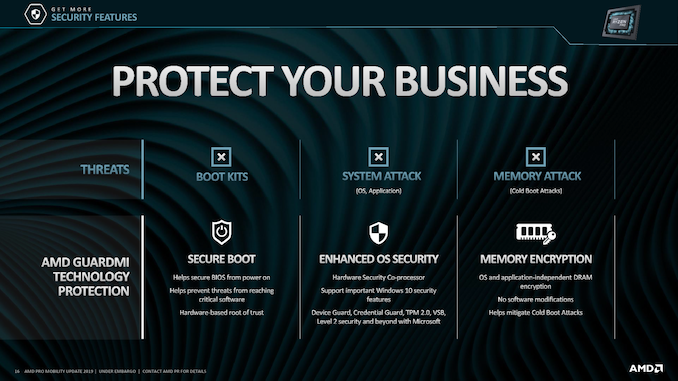
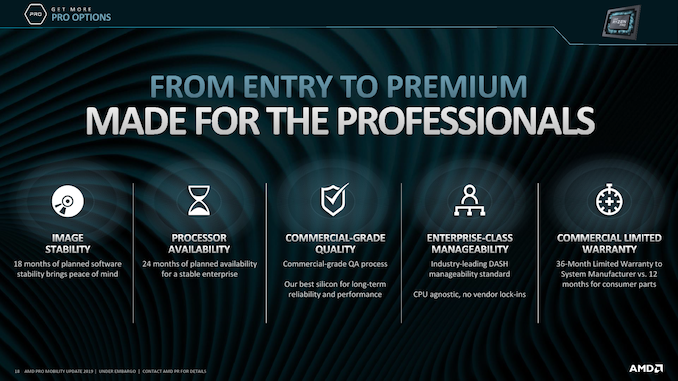

 Quote
Quote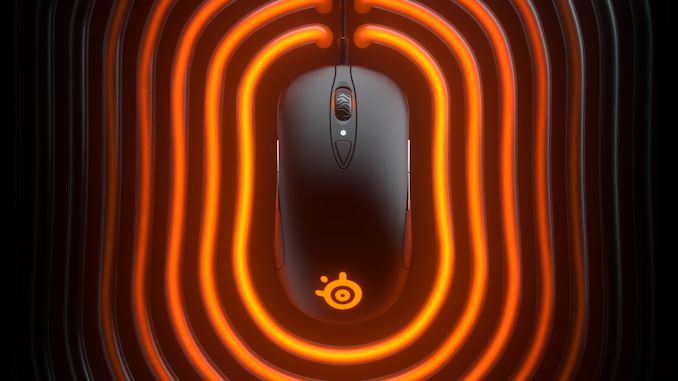
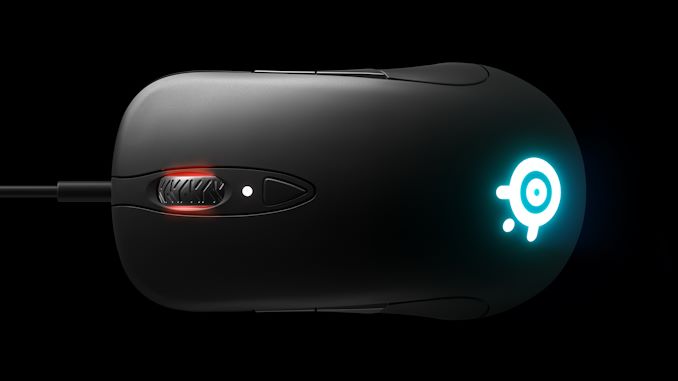
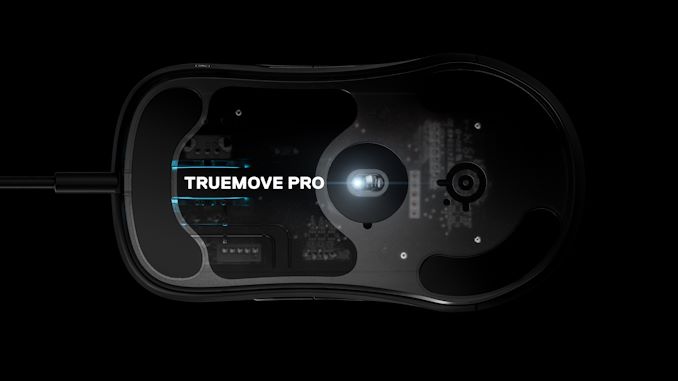
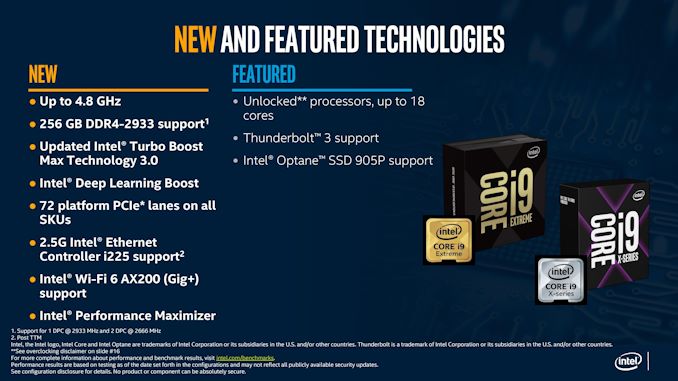
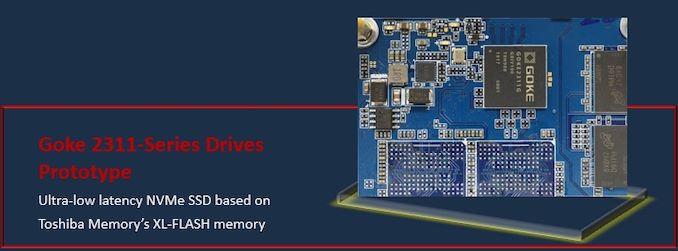


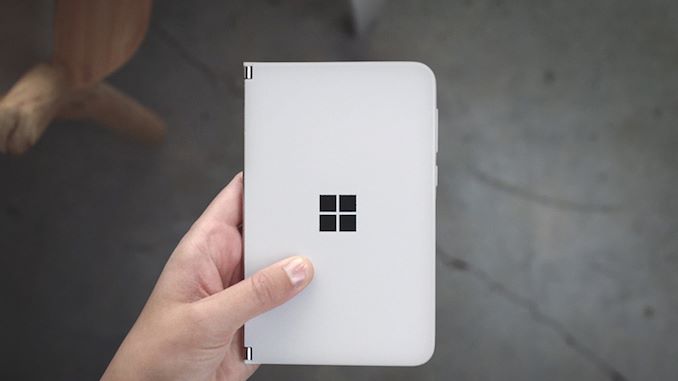



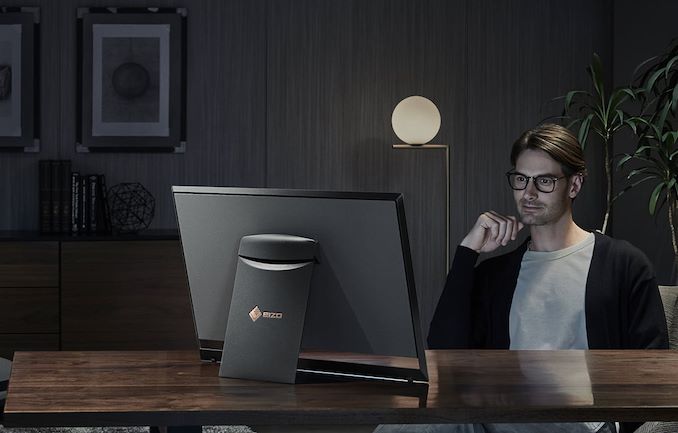
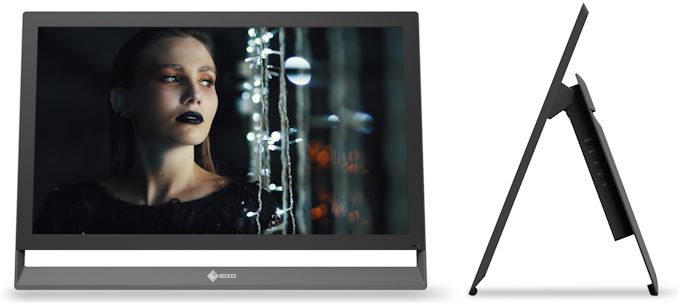
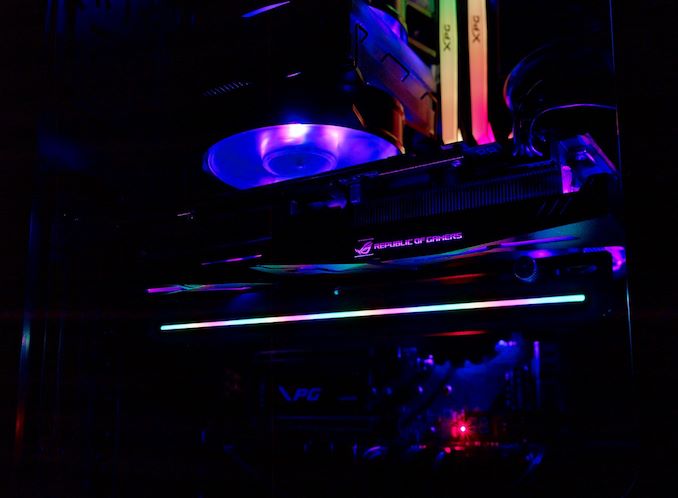
















Bookmarks